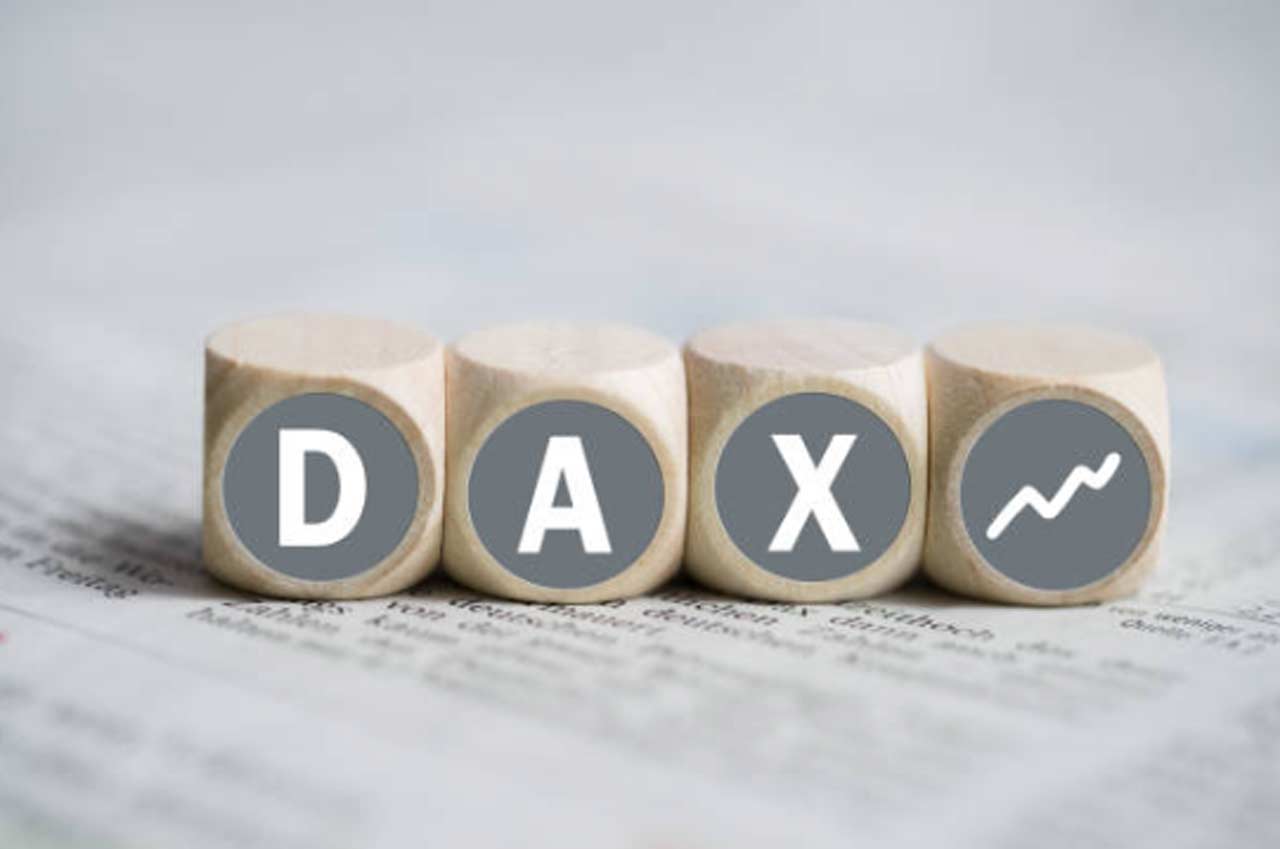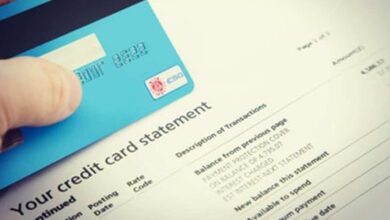
Indexes are essential for assessing how well a country’s economy is doing in the fast-paced world of stock trading. The DAX Index, short for Deutscher Aktienindex (German stock index). It was founded on July 1st, 1988. It was introduced by the Frankfurt Stock Exchange (now Deutsche Börse). The German blue-chip stock market was intended to be understood by the DAX Index. The index started with 30 companies. It is composed of several industries, such as banking, chemicals, technology, and automotive. This blog explores the historical study of the DAX Index and aims to offer valuable information to the investors.
Historical Milestones
The DAX Index has witnessed numerous milestones that have shaped its trajectory over the years. Here are some notable historical events:
- The Index Inception (1988): The DAX Index commenced trading with a base value of 1,000 points, reflecting the collective performance of the 30 constituent companies.
- The Dot-Com Boom (the Late 1990s): During the dot-com era, the DAX Index experienced a remarkable surge, peaking at an all-time high of 8,136 points in March 2000.
- The Global Financial Crisis (2008-2009): Like many global indices, the DAX Index suffered a significant downturn during the financial crisis, plunging to a low of 3,666 points in March 2009.
- The Expansion (2021): In a strategic move, the Deutsche Börse expanded the DAX Index to include 40 companies, reflecting the growing diversity of the German economy.
Composition and Sectors
The DAX Index is a capitalization-weighted index, meaning that the companies with the largest market capitalisation carry the most weight in determining the index’s value. As of 2024, the index comprises 40 major German companies spanning various sectors:
- SAP SE, SIEMENS AG-REG, ALLIANZ SE-REG, AIRBUS SE, DEUTSCHE TELEKOM AG-REG, MUENCHENER RUE-R, MERCEDES-BENZ GROUP AG, INFINEON TECHNOLOGIES AG, BASF SE, DHL GROUP.
Investing in the DAX Index
The German Equities Market (DAX) provides a straightforward and varied investment opportunity for those who wish to gain exposure to this market. Here are some popular ways to invest in the DAX Index:
- Exchange-Traded Funds (ETFs): ETFs that track the performance of the DAX Index provide a cost-effective and liquid way to gain exposure to the entire index.
- Individual Stocks: Investors can also choose to invest in individual companies that are part of the DAX Index, allowing for a more targeted approach.
- Derivatives: Options and futures contracts based on the DAX Index enable investors to speculate on the index’s future movements or hedge their existing positions.
Historical Performance Analysis
Analysing the historical performance of the DAX Index can provide valuable insights for investors. Here are some key observations:
- Long-Term Growth: Despite periods of volatility, the DAX Index has demonstrated consistent long-term growth. It reflects the resilience and the strength of the German economy.
- Sector Trends: Certain sectors, such as automotive and technology, have historically been major contributors to the index’s performance. It reflects the global competitiveness of the German companies in these industries.
- Economic Cycles: The DAX Index has been susceptible to broader economic cycles, with periods of growth and contraction mirroring the overall health of the global economy.
Key Takeaways
- The 40 biggest firms that trade on the Frankfurt Stock Exchange are tracked by the German blue-chip stock market index, or DAX.
- The prices that are utilised to determine the DAX index are provided by the electronic trading system Xetra.
- A well-known benchmark for German and European equities, the DAX lists large corporations based on market capitalisation and liquidity and serves as a gauge for economic developments in Germany.
- Among the well-known corporations listed on the DAX are Adidas, BMW, Bayer, Volkswagen, and Bayer.
Conclusion
The DAX Index has carved a remarkable path in stock market history. It serves as a reliable barometer for the German economy and a compelling investment opportunity for investors worldwide. Investors now depend on the ease of use and accessibility of stock trading apps in the hectic world of finance. One of the best stock trading apps that seamlessly integrates with the DAX Index is BlinkX. With the help of this intuitive software, investors can take advantage of opportunities as they present themselves and make well-informed decisions thanks to real-time market data, sophisticated charting capabilities, and smooth order execution. By understanding its historical evolution, composition, and performance, investors can make informed decisions and leverage the power of tools like stock trading apps to navigate the complexities of the German equity market with confidence.







